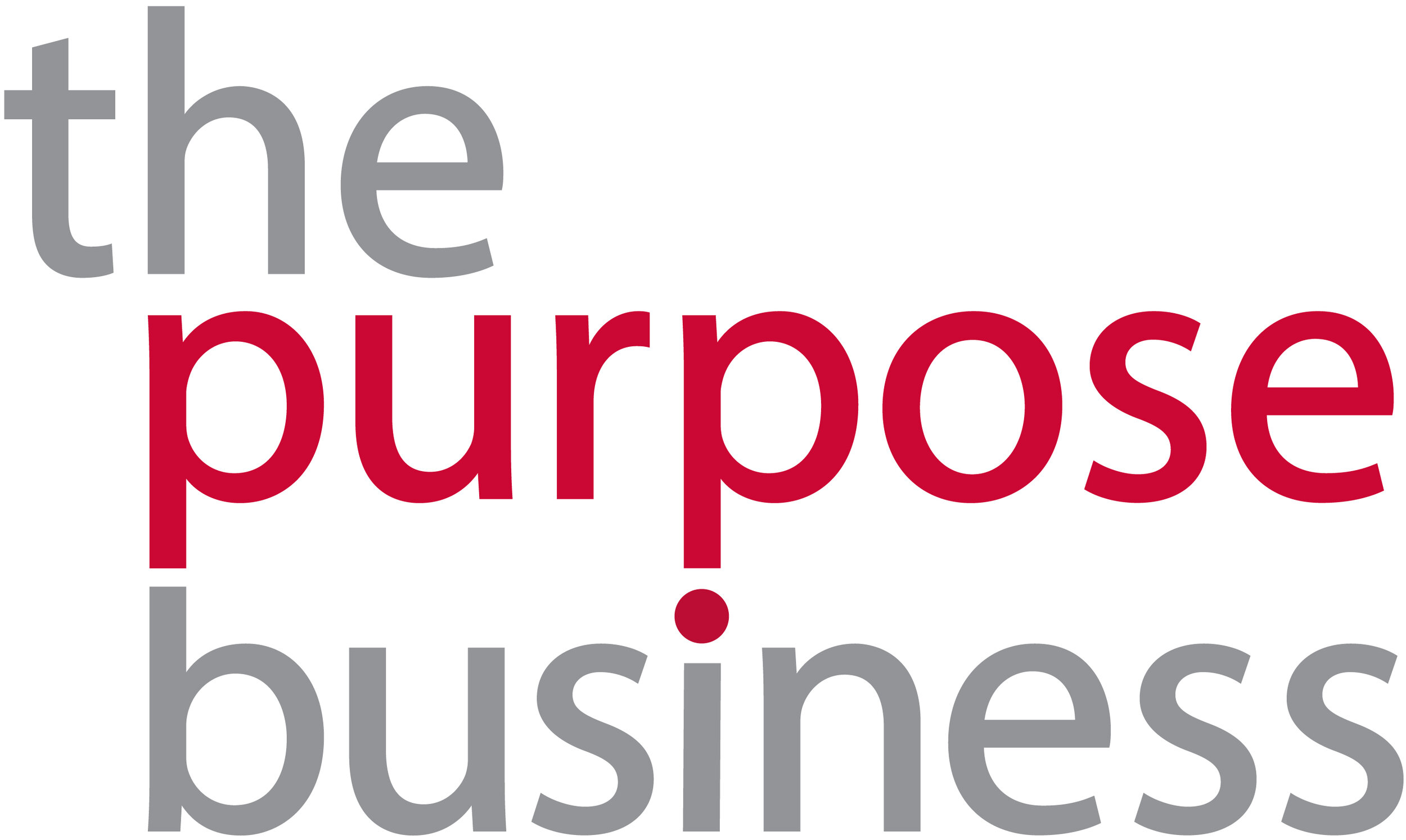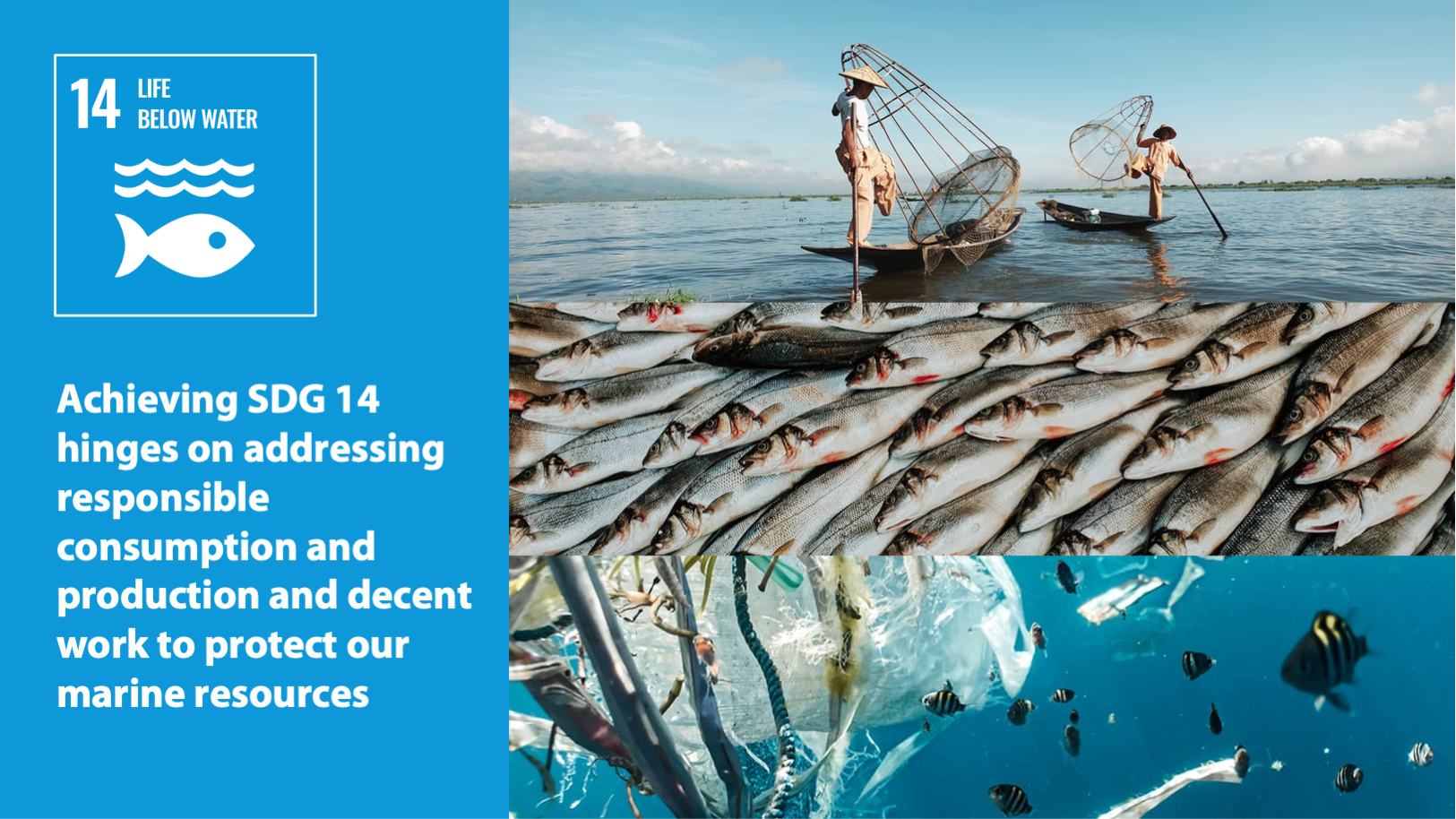The path to life below water
Coming from our report, Three SDGs that are critical for Asian businesses - and the 2030 Agenda – The Purpose Business highlights the urgent need to focus on goals 8, 12 and 14 because they dramatically impact the private sector in Asia.
In this final article, Rebecca Walker Chan zones in on how critical it will be for Asia to support life below water – namely that if our oceans, seas, and marine resources were to decrease, mainly due to unsustainable consumption and production patterns, so too would an enormous number of decent jobs, creating a devastating impact on all economies.
SDG 14: Conserving and sustainably using the oceans, seas, and marine resources
The oceans have benefits and impacts that transcend national borders and coastlines. Covering 71% of the earth’s surface, oceans are the largest component of the earth’s climate and in one way or another support all life on earth. Everyone is affected, and our dependence on the ocean and reliance on the maritime industry have become even more critical than ever. Just remember the seismic impact on trade - and in memes - of the Ever Given tanker temporarily blocking the Suez Canal.
As many Asia-Pacific countries are either islands or near coastlines, efforts that improve livelihoods and quality of work, preserve watersheds and minimise consumption and production are critical SDG 14 priorities. The success of these efforts hinges on strong and effective measures to conserve, protect and responsibly manage marine resources and coastal ecosystems, not only addressing pollution but also the human borne impacts of ocean acidification and overfishing. SDG 14 makes provisions for addressing related issues of marine plastics and debris, chemical waste, overfishing and labour rights abuses of small-scale fishers.
Levels of engagement
Following TPB’s Responsible Growth Curve, we consider most organisations to be positioned along three levels of engagement with the SDGs:
How to move forward?
To help get the ball rolling, TPB has curated some suggestions on how to better focus efforts and contributions for SDG 14, organised by level of engagement:
Follow
Companies that consume or produce large amounts of plastic should consider alternative materials which can be recycled, reused, or are biodegradable. This is especially important since approximately only 9% of plastic ever gets recycled and plastic only slowly decomposes once it makes its way into the ocean.
Invest in wastewater management to decrease the level of water eutrophication (the process where a body of water becomes enriched with minerals increasing the risk of harmful algal blooms), directly contributing to SDG 14.1. Work with property management or directly with wastewater disposal partners to ensure that wastewater is properly treated and handled before being released back into oceans or waterways.
Engage with local waste collection partners and demand transparency on whether or not they dump garbage into oceans and riverbeds. Ask them about waste disposal methods and ensure custody of waste not leaking into waterways.
Sustain
Support ocean conservation. Map your supply chain or value chain to gauge your company’s biggest impact on marine sources, especially when it comes to waste management.
Reduce Ocean acidification by reducing your own emissions. An increase in atmospheric carbon dioxide in the air is then absorbed into our oceans so we all unknowingly contribute to ocean acidification. Understand & manage your GHG footprint, and in turn, do your share of reversing ocean acidification.
Drive better data management – gather metrics on everything from limiting carbon dioxide emissions to slow down ocean acidification to removing marine litter from coastlines.
Achieve
Collaborate and invest in building up the local infrastructure, land space and technical capacities required to tackle wastewater management concerns in your area. Even companies that do not directly purchase seafood can seek other public-private collaboration opportunities to support sustainable ocean management that in turn help fisheries to build sustainable fishing capabilities or help educate consumers about sustainable seafood.
Industry movement - Work with suppliers and business partners that have a large impact on marine resources to ensure they are addressing this issue. Logistics providers, such as ocean freight transporters, should ensure they are properly addressing their biggest sustainability impacts, such as wastewater. Another example is for commodity providers, such as farmers that use heavy industrial pesticides and fertilizers, who may be a large source of water pollution. Do what you can to ensure that these partners avoid open pollution and manage wastewater sufficiently. Include this in the supplier or business partners agreement such that any non-compliance can result in the termination of the partnership.
Procure sustainable and traceable seafood as a means to hit SDG targets 14.4, 14.6, and 14.7. A company can express their sustainable seafood procurement expectations through their procurement policies and supplier Code of Conducts.
To start, purchase sustainable seafood that has been certified by internationally recognised bodies such as Marine Stewardship Council (MSC), Aquaculture Stewardship Council (ASC), or other local certification bodies. Certified seafood ensures assurance of traceability (combating IUU fishing) and the use of sustainable fishing methods (combating overfishing and destructive harvesting).
Then, where possible, try to source seafood from local, small-scale fisheries as they often ascribe to less damaging fishing practices than larger commercial fishing groups. The goal is to increase the amount of sustainable seafood in proportion to the total seafood purchased by your company over time.
Beyond the recommendations listed, there are countless opportunities to improve corporate SDG alignment and to help build holistic and systemic solutions that amplify progress and minimise negative impacts. Learn more on the UN Global Compact’s SDG Blueprint website. The greatest need is in building up actionable SDG data collection and analysis and operating sustainably beyond financial donations.





